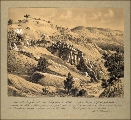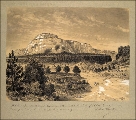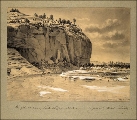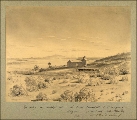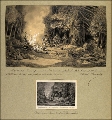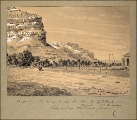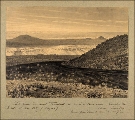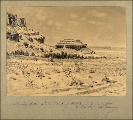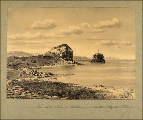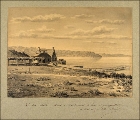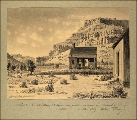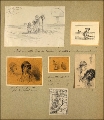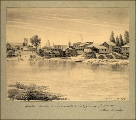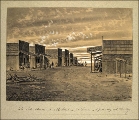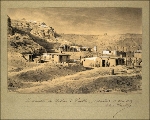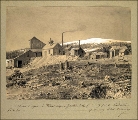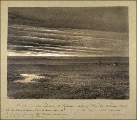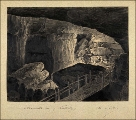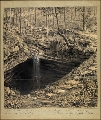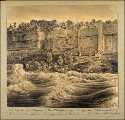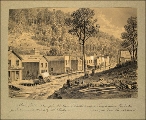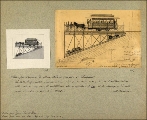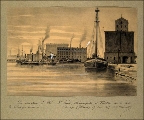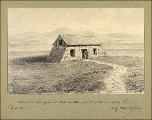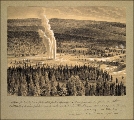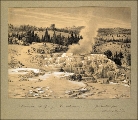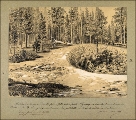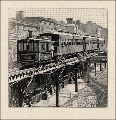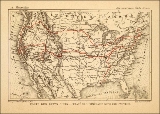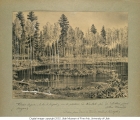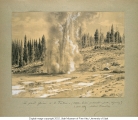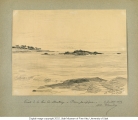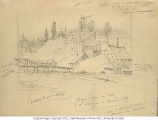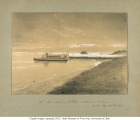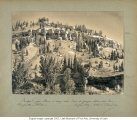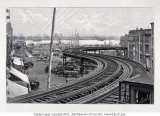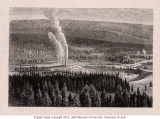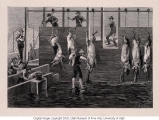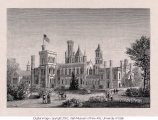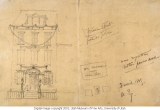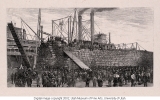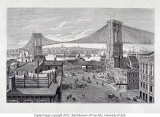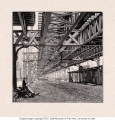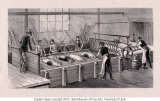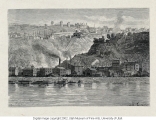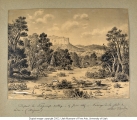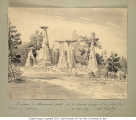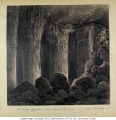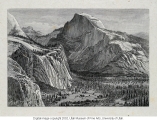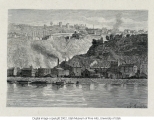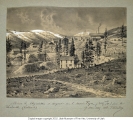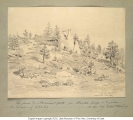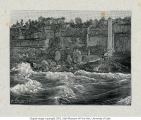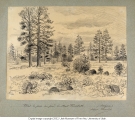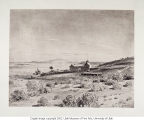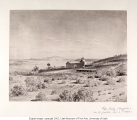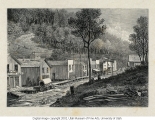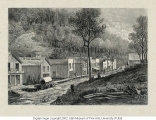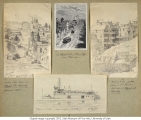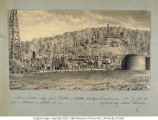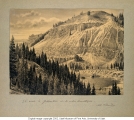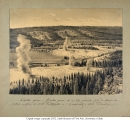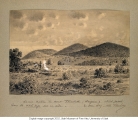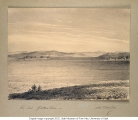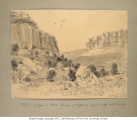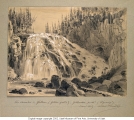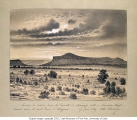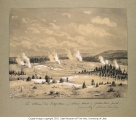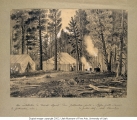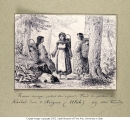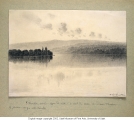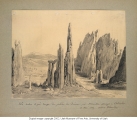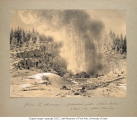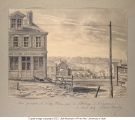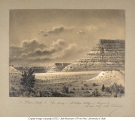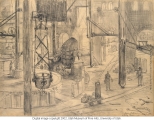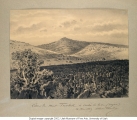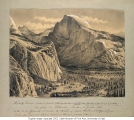| Identifier |
1978_231_grandCanyon.jpg |
| Title |
Grand Canyon of the Colorado. View of the East Side, End of the Toroweap Valley (Arizona). |
| Alternate Title |
Grand canon du Colorado - Vue du coté de l'Est - Extremité de la vallée de Toroweap (Arizona) |
| Creator |
Tissandier, Albert 1839-1906 |
| Subject |
Grand Canyon (Ariz.)--1880-1890; Canyons--Arizona--1880-1890; Rivers--Arizona--1880-1890; Colorado River (Colo.-Mexico)--1880-1890; Landscape drawings--1880-1890 |
| Published Location |
Reproduced in Capturing the canyon : artists in the Grand Canyon, by Holly Mitchem ([Mesa, AZ] : Mesa Southwest Museum, 1987), image 10 (p. [8]). Reproduced in The majesty of the Grand Canyon : 150 years in art, by Joni L. Kinsey (Cobb, CA : First Glance Books, 1998), p. 73. Reproduced in the exhibition catalog, Albert Tissandier : Drawings of nature and industry in the United States, 1885, by Mary F. Francey ([Salt Lake City, UT] : Utah Museum of Fine Arts, 2001), p. 37. |
| Short Essay |
Known throughout the world for its size and spectacular colors, the Grand Canyon is geologically significant because of the thick sequence of ancient rocks that are preserved and exposed in the canyon walls. These rock layers record much of the early geologic history of the North American continent and constitute one of the most compelling examples of erosion in the world. The Grand Canyon was not declared an official national park until 1919, forty years after Yellowstone was accorded that status, and nearly twenty-five years after Tissandier's visit. The Santa Fe Railroad commissioned well known artists to produce drawings and paintings of the Canyon to advertise that travel to the far-west was now feasible, and that the railroad assured accessibility for all travelers. A journal entry reads: "In the immense crevasses the geologist can easily read the whole series of different layers of the lateral walls, and the imagination remains overwhelmed at the thought of the incalculable progression of centuries that had to pass during the successive formation of all these marvels." The distinctive shape of the Grand Canyon has been determined by the way the different rock layers have responded to erosion. Some formed slopes while others formed cliffs, and some eroded more quickly than others. The vivid colors of the many layers are the result of small amounts of various minerals, most containing iron, that impart subtle tones of red, yellow or green to the canyon walls. Tissandier described this unique landscape: "Numerous flowers and stunted trees or yuccas that are sometimes more than four meters high, and cactus, delighted us as decorations on these red and gold colored rocks. Beyond this our sight fell upon the jagged walls that extended as far as we could see and formed the horizon." There was strong emerging interest in this region during the late nineteenth century because of the mineral resources, primarily copper and asbestos, found there. The first pioneer settlements along the rim developed during the 1880s after which residents soon discovered that tourism was destined to become more profitable than mining. By the end of the century the Grand Canyon had become a well-known tourist destination although early accommodations were not vastly different from the mining camps from which they had developed. Most visitors made the grueling trip from nearby towns to the South Rim by stagecoach. In a later journal entry, Tissandier noted that: "Impressed by the grandeur of these strange deserts I advance with an indefinable sentiment of wonder. Here at my feet are the grand precipices of Toroweap, and the bottom of which the Colorado runs." |
| Publisher |
Utah Museum of Fine Arts |
| Contributors |
Mary F. Francey |
| Date |
1885-06-01 |
| Type |
Image |
| Format |
application/pdf |
| Source |
Albert Tissandier: Drawings of Nature and Industry in the United States |
| Language |
fra |
| Rights Management |
Digital image c2001 Utah Museum of Fine Arts, University of Utah |
| Source Physical Dimensions |
41.91 cm High x 31.75 cm Wide |
| Source Characteristics |
Graphite and brush applied ink on paper |
| Light Source |
Kaiser Softlite ProVision 6x55W flourescent 5400K daylight |
| Archival Resolution |
TIFF: 4074 x 5026 pixels |
| Display Resolution |
JPEG: 900 x 1235 pixels |
| Bit Depth |
36-bit color |
| Scanning Device |
Leica S1 Pro scanning camera; Hasselblad CFi 50mm F/4 lens; f/11 |
| Exhibit Catalog |
ISBN: 0-9657215-0-7; Library of Congress Catalog Number: 2001094211 |
| Setname |
uu_umfa_at |
| ID |
415801 |
| Reference URL |
https://collections.lib.utah.edu/ark:/87278/s6bk1cds/415801 |

